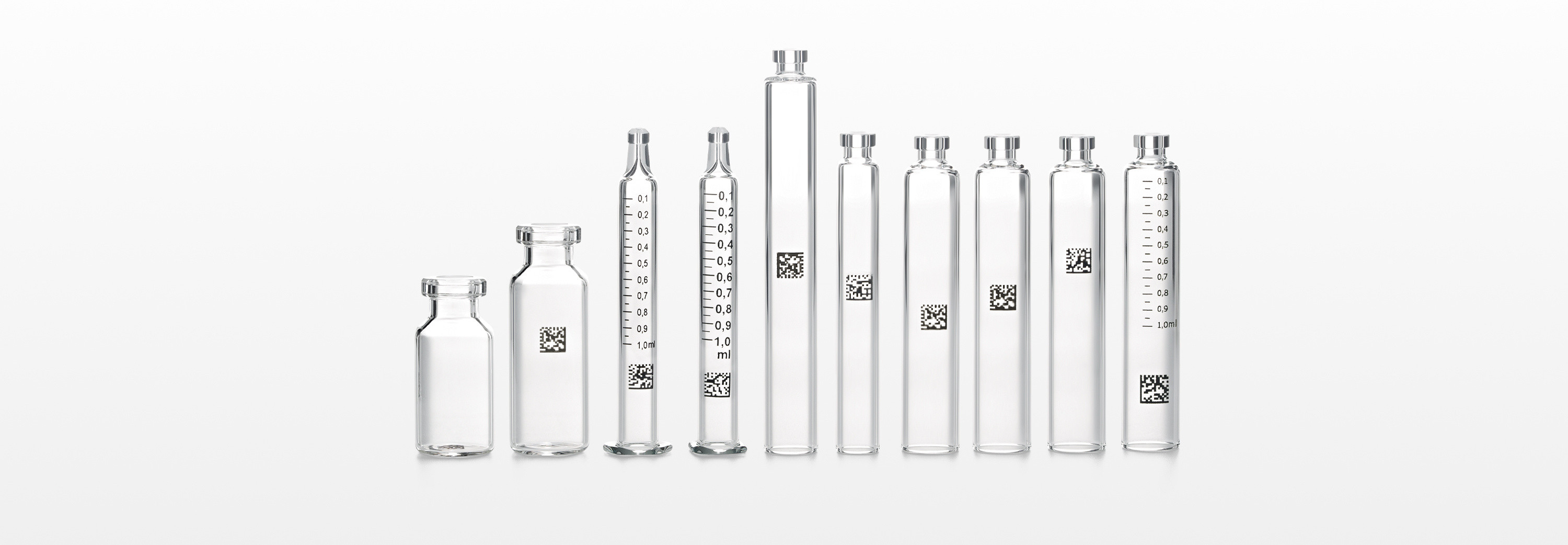Today, there is no individual identification of primary glass containers for parenteral use. If a problem is identified during a process step, manufacturers are unable to define exactly which products may have been impacted. As a result, they adopt either an “over segregation” or “full batch write-off" policy. This can have significant financial impact from lost or missed revenue and lead to drug shortages in the market.
A recent survey published by PDA[1] indicated that 68% of respondents had considered using marked containers. The potential use-cases ranged from mix-up avoidance of filled containers to reject tracking in automated inspection processes.
[1] 2019 PDA Traceability of Primary Packaging Survey – Published January 2020.
We offer the option of uniquely coded containers improving production efficiency and quality by providing insight into each process. This data helps drive more detailed root cause analysis, corrective actions and adjustments to product design and process optimization.

The glass container traceability solution marks each primary container with a unique identity. This machine readable 2D barcode allows each container to be tracked at every manufacturing process - from forming through to filing and automated inspection. The addition of manufacturing data at each step delivers significant process and quality benefits for both the glass container producer and pharma companies.

Available across all glass containers: syringes, cartridges and vials

Delivered through existing glass manufacturing operations ensuring no impact on the integrity of the glass or integrity of the container

Available as either bulk glass or as pre-sterilized Ready-to-Use (RTU) nested containers

Passes all pharmaceutical sterilization operations

High-speed processing and readability using existing off-the-shelf equipment and readers

Minimal impact on existing Fill & Finish operations

Follows all regulatory compliance mandates and relevant product/process standards

Providing interoperability with existing serialization investments to ensure the seamless integration and transfer of data
The individual identification of primary containers in filling, inspection, and packaging operations has been validated across the industry.
Prevent mix-ups and quality issues in time with container segregation
Avoid batch mix-up before labeling
Reject cause tracking
Reduce risk of counterfeiting and tampering